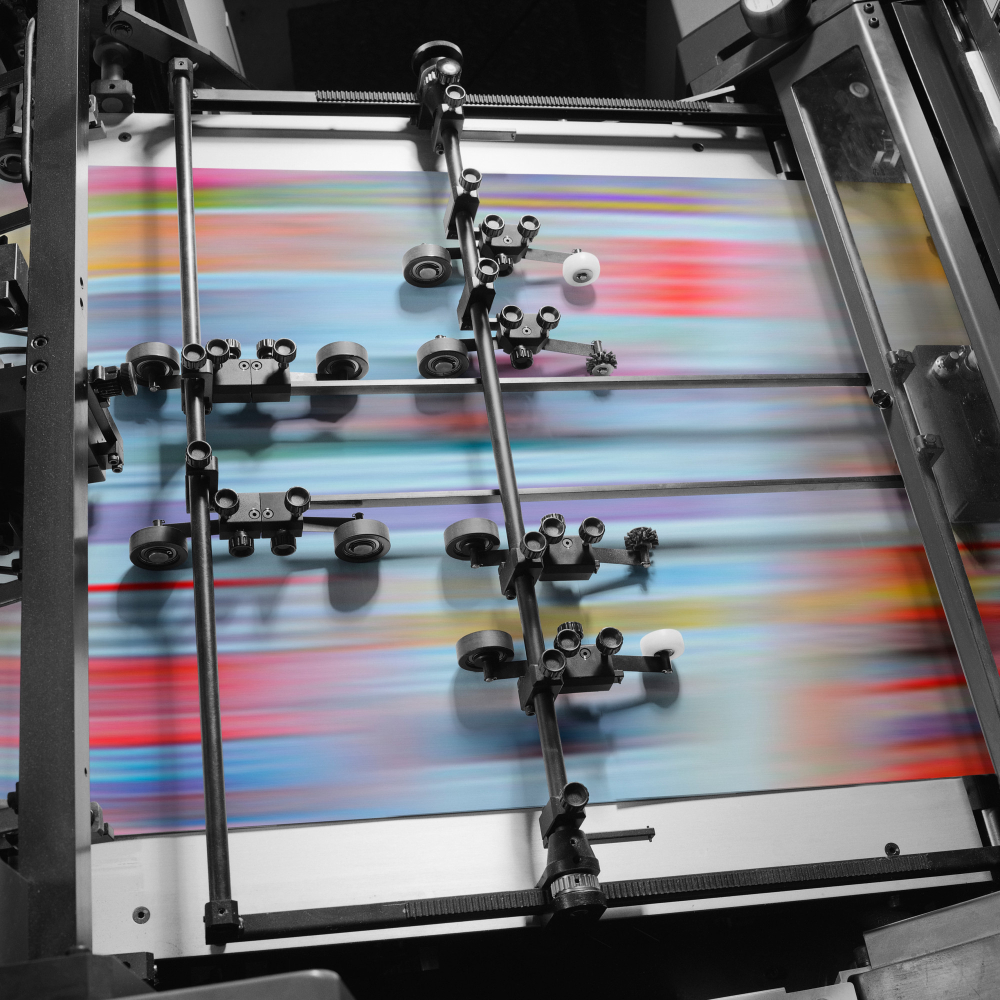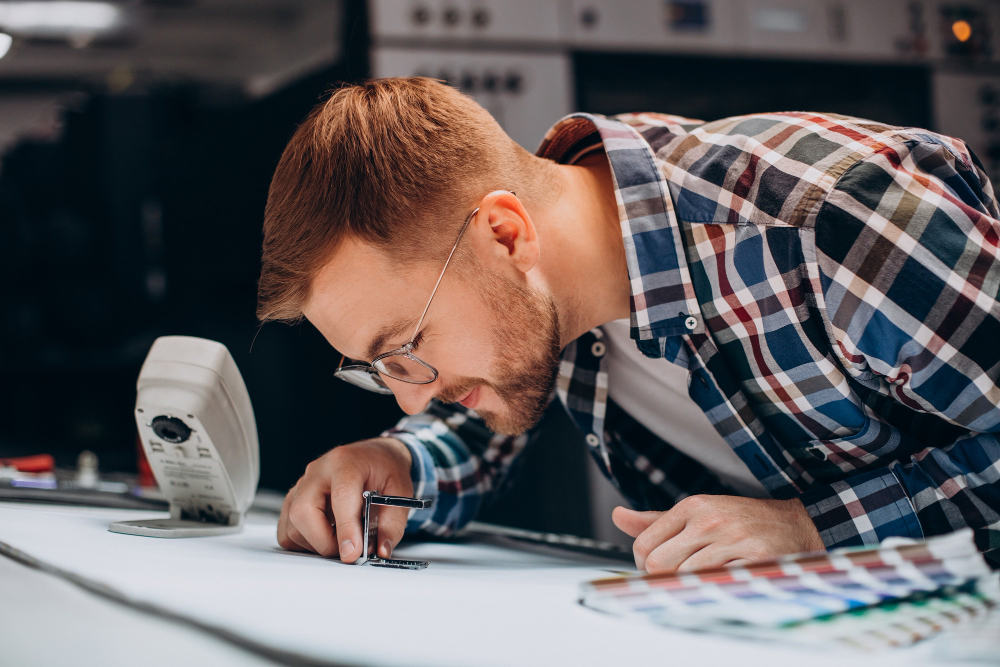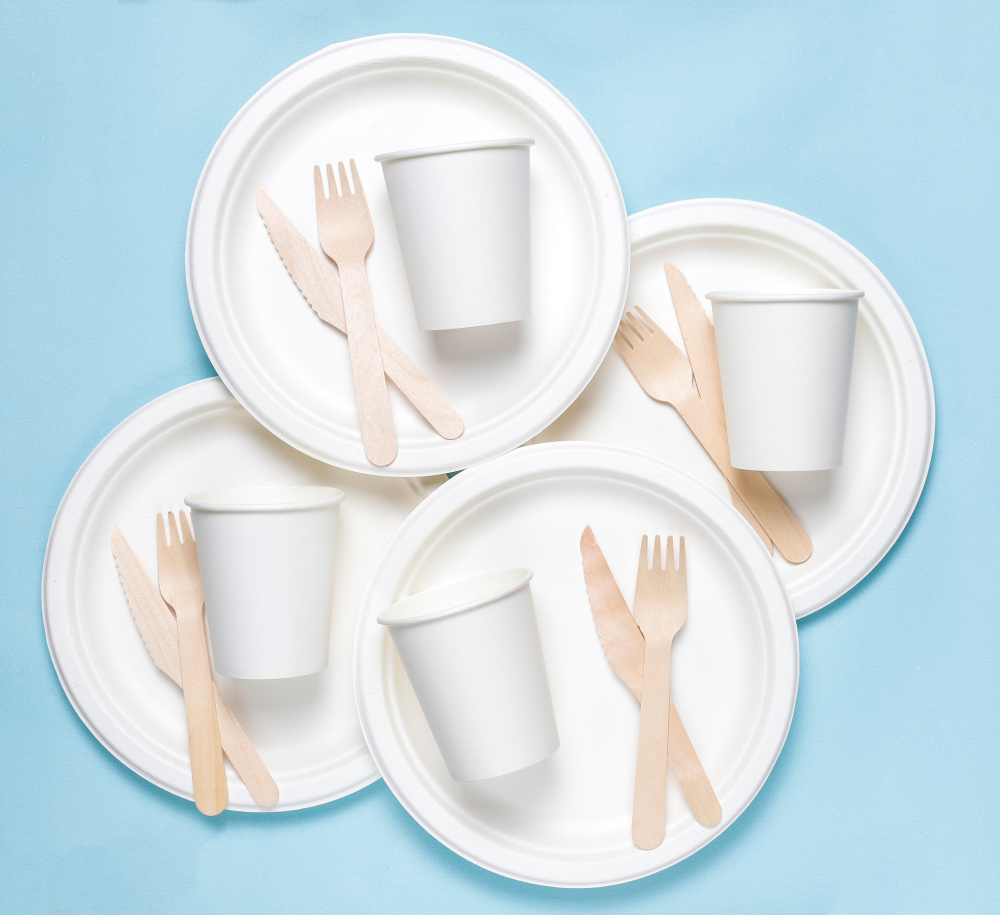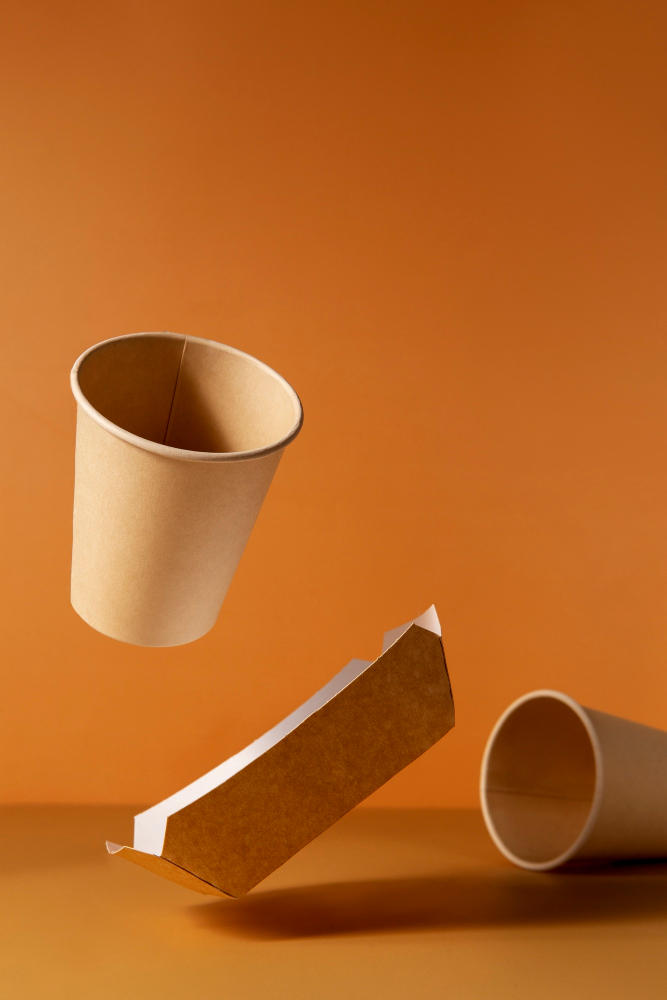How are paper plates produced?
How are paper plates produced?

The production of paper plates is a process carried out using specialized machines and high-quality paper materials. Below are the stages of paper plate production:
- Raw Material Selection and Preparation
- Paper Pulp: Paper plates are typically made from high-density paper pulp or specially coated paper. This paper must be suitable for food contact, durable, and resistant to liquids.
- Coating (Polyethylene or PLA Coating): The surface of the paper is coated with polyethylene (PE) or a biodegradable PLA coating to make it water-resistant. This coating prevents food from being absorbed by the plate when in contact.
- Cutting the Paper
- Cutting Machine: Large rolls of paper are cut into circles of specific sizes. This cutting process ensures the paper is of the desired plate size and shape.
- Die Cutting: The cut papers are placed in molds to form the shape of the plates. The molds are different for each plate size and are specially designed for the type of plate to be produced.
- Shaping and Pressing
- Shaping Machine: The cut papers are transformed into plate shapes in shaping machines that apply temperature and pressure. This stage ensures the edges of the plates are folded and defined.
- Pressing: During the shaping process, the paper plate is pressed into the mold using hot pressing. This step enhances the durability of the plates and helps them take a distinct shape.
- Printing Process (Optional)
- Logo and Design Printing: If a brand logo or design needs to be printed on the plate, printing machines are used to apply the pre-designed patterns onto the plate surface. In this process, inks that are safe for food contact and non-harmful to health are preferred.
- Cutting and Edge Correction
- Edge Cutting and Correction: The edges of the shaped plates are trimmed using edge correction machines to give a neat and clean appearance. This ensures the plate is ready for use.
- Quality Control
- Durability Tests: The plates undergo tests for strength, leak resistance, and durability. During this phase, defective products are separated, and only products that meet the standards are packaged.
- Visual Inspection: The visual quality of the plates is checked for print errors and shape defects.
- Packaging
- Packaging: The plates that have passed through the production process are packaged under hygienic conditions. The packages are wrapped in protective packaging to prevent damage during transportation.
- Carton or Shrink Packaging: The products are packed in carton boxes or shrink-wrapped packaging, making them ready for sale.
Conclusion
The paper plate production process, when done with high-quality raw materials and the right machines, results in durable, functional, and hygienic products. The quality of the raw materials, coating process, shaping, and pressing stages directly affect the plates’ durability and user satisfaction.









































